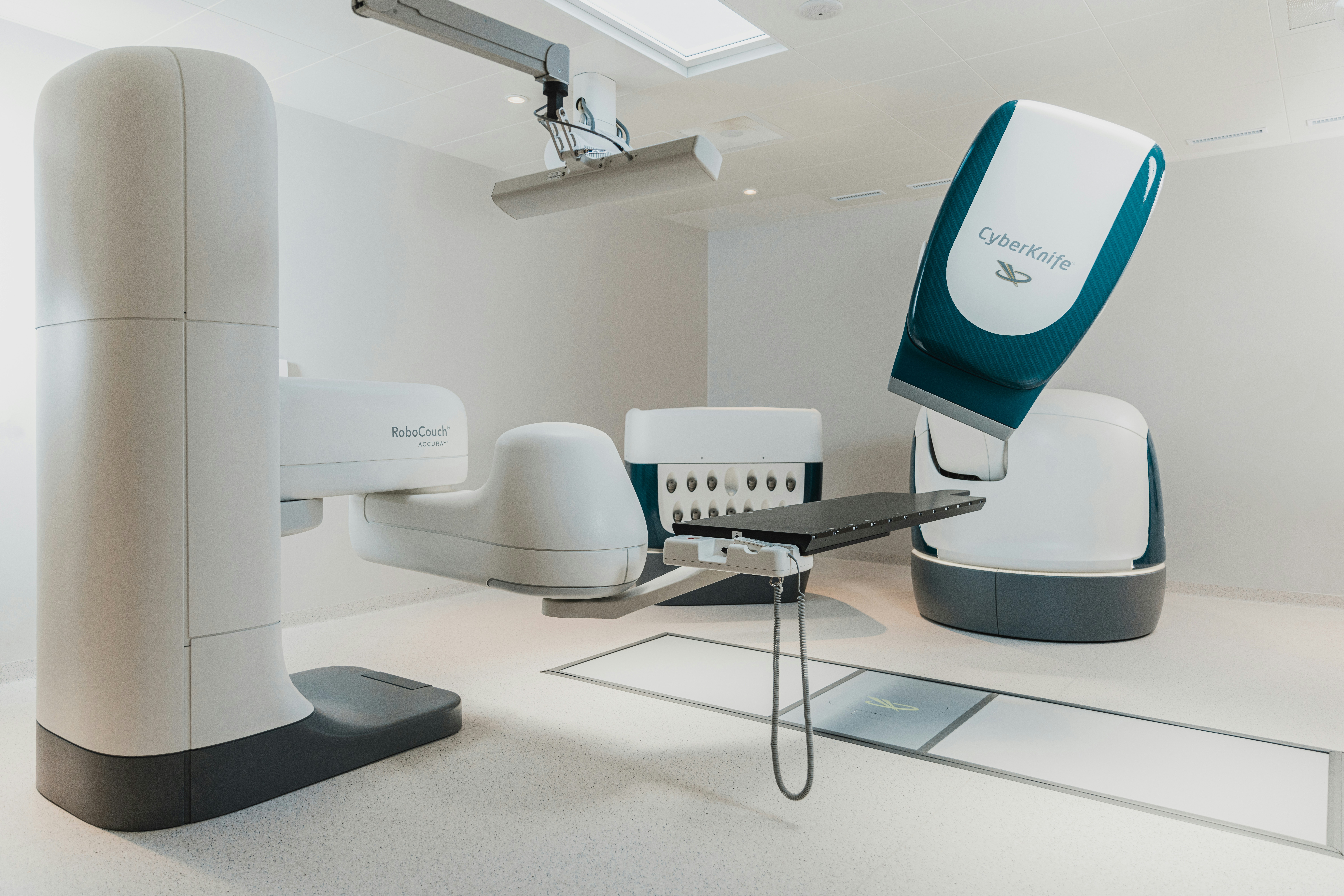
Radiology has always been the cornerstone of modern medicine, providing doctors with the ability to look inside the human body without making a single incision. From the early days of X-rays to the widespread use of CT scans and MRIs, radiology has revolutionized diagnosis and treatment across almost every medical specialty. Today, the field is undergoing another major transformation, driven by rapid advances in artificial intelligence, machine learning, 3D imaging, and the integration of digital health. These technologies are not just enhancing image quality; they are reshaping how doctors interpret data, how patients receive care, and how hospitals operate.
Artificial Intelligence and the Rise of Smart Imaging
The most discussed innovation in radiology is artificial intelligence. AI is no longer a futuristic concept but a practical tool that radiologists are beginning to rely on. Intelligent algorithms can quickly analyze vast numbers of images, identifying patterns and abnormalities that may be too subtle for the human eye. By flagging suspicious areas in scans, AI helps radiologists work more efficiently and reduces the risk of missed diagnoses.
Machine learning systems are particularly effective in areas like detecting early-stage cancers, assessing fractures, and monitoring the progression of chronic conditions. These technologies do not replace radiologists but instead serve as an extension of their expertise, providing a second layer of analysis and support. With AI taking on repetitive and time-consuming tasks, radiologists can focus more on complex cases and patient-centered care.
3D and 4D Imaging: A New Dimension in Diagnosis
Traditional medical imaging produces flat, two-dimensional images. While these have been invaluable, newer technologies now allow doctors to visualize organs, tissues, and even blood flow in three or four dimensions. 3D imaging provides detailed models that can be rotated and examined from multiple angles, giving surgeons and radiologists a clearer view of tumors, fractures, and vascular structures.
The addition of 4D imaging, which incorporates movement over time, allows specialists to study dynamic processes inside the body. For example, cardiologists can observe how a patient’s heart valves move with every beat, while oncologists can better track tumor growth. These advanced imaging techniques are already influencing surgical planning, making procedures less invasive and outcomes more predictable.
The Integration of Radiology and Personalized Medicine
Radiology plays a central role in the growing field of personalized medicine. By combining imaging with genetic data and other health records, doctors can create a complete picture of a patient’s condition. This integration helps determine which treatments will be most effective for an individual, rather than relying on generalized protocols.
Advanced imaging techniques also facilitate the monitoring of patient responses to therapy. For example, instead of waiting months to see if a cancer treatment is working, radiologists can often measure subtle changes in tumors within weeks. This quick feedback allows doctors to adjust treatment plans more rapidly, sparing patients from unnecessary side effects and improving overall success rates.
Cloud Technology and Remote Access
Another significant change in the future of radiology is the shift toward cloud-based imaging systems. Instead of storing scans on local servers, hospitals and clinics are increasingly using secure cloud platforms. This enables physicians to easily share medical images across departments, institutions, and even continents.
For patients, this means faster diagnoses and smoother transitions when seeking second opinions or specialized care. Cloud storage also enables radiologists to work remotely, which became especially important during the COVID-19 pandemic. Remote access not only increases efficiency but also helps address the shortage of radiologists in many regions.
The Role of Augmented and Virtual Reality
Beyond the hospital setting, augmented reality (AR) and virtual reality (VR) are finding new uses in radiology. Surgeons can use AR headsets to overlay medical images directly onto a patient during procedures, guiding precise incisions and reducing risks. Medical students and residents are also benefiting from VR simulations that replicate real-life imaging cases, providing hands-on experience without putting patients at risk.
These immersive technologies bridge the gap between imaging and practice, making radiology a more interactive and educational tool for both professionals and patients.
Overcoming Challenges in Adoption
While these innovations hold tremendous promise, they also come with challenges. Integrating AI systems requires careful regulation to ensure accuracy and prevent bias. Cloud technology must adhere to stringent security standards to safeguard patient data. There is also the issue of training, as radiologists must adapt to new workflows and learn to work alongside advanced software tools.
Despite these obstacles, the momentum behind radiology’s digital transformation is strong. As hospitals and healthcare providers continue to invest in technology, the benefits for patients are becoming increasingly apparent.
A Future Focused on Patients
At its core, the future of radiology is not just about better machines or more innovative software. It is about improving patient care. Faster and more accurate diagnoses mean earlier interventions and more successful treatments. Enhanced imaging methods reduce the need for invasive procedures, lowering risks and recovery times. Personalized medicine ensures that each patient receives the most effective therapy for their condition.
Radiology is entering a new era, one in which technology enhances human expertise rather than replacing it. By embracing artificial intelligence, 3D and 4D imaging, cloud integration, and immersive tools like AR and VR, the field is redefining what is possible in medical imaging. The ultimate result is a healthcare system that is more precise, more efficient, and above all, more compassionate.